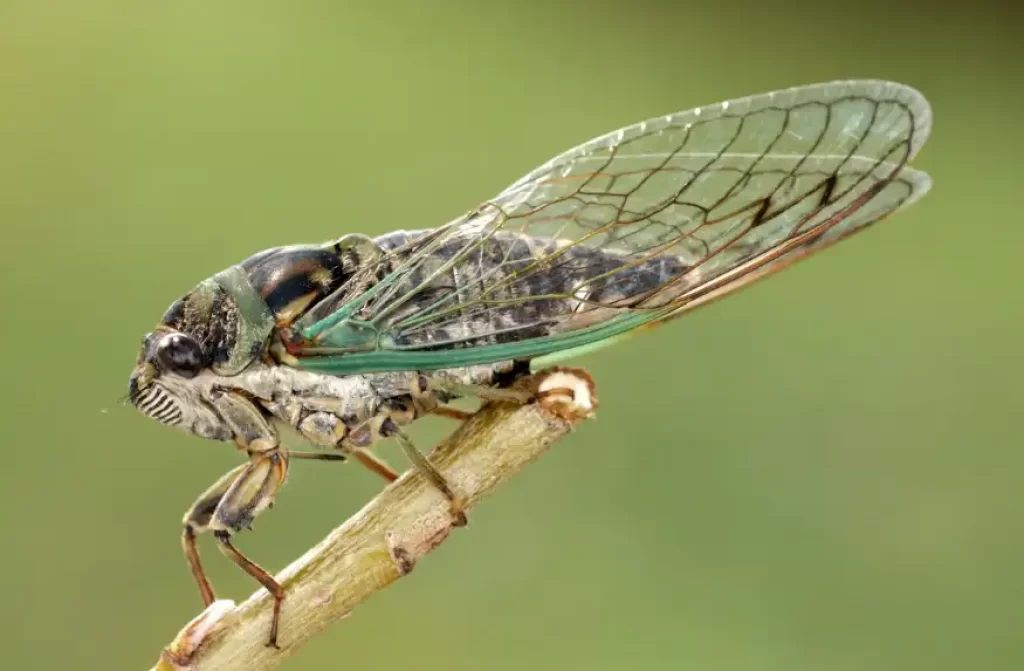In this enlightening documentary, we delve into the world of Bat-eared Foxes, Bilbies, Deer, Kangaroo Rats, Cicadas, and Proboscis Monkeys. If you’re eager to learn more about these fascinating creatures, explore the comprehensive information below, along with a selection of our collection.
Animals mentioned in the documentary
In the arid landscapes of Africa, the Bat-eared Fox (Otocyon megalotis) reigns supreme with its unparalleled hearing abilities.
These small canids are named for their oversized, radar-like ears, which can rotate like satellite dishes to detect the faintest of sounds. Their keen sense of hearing allows them to hunt insects and small mammals hidden beneath the sand, making them masters of the night.
Bilbies

Native to Australia, the Bilby (Macrotis lagotis) is often regarded as a symbol of conservation. These marsupials possess large ears, specially designed to pick up subtle vibrations in the ground.
Bilbies use their acute hearing to locate underground prey, such as insects and bulbs, with precision. Their nocturnal lifestyle and remarkable auditory prowess have helped them adapt to the harsh Australian outback.
Deer

Deer are a diverse family of mammals found across the globe. One of their most distinctive features is their extraordinary sense of hearing. Deer species, such as the White-tailed Deer, possess large, mobile ears that can swivel independently to detect potential threats or predators.
Their ability to hear the slightest rustle of leaves or snapping of twigs in the forest allows them to evade danger effectively.
Kangaroo Rats
Kangaroo Rats are small rodents native to North America’s arid regions. These remarkable creatures have evolved to thrive in water-scarce environments. To survive, they rely on their acute hearing to detect the approach of predators.
Kangaroo Rats can detect low-frequency sounds and vibrations through their long hind legs, allowing them to escape underground burrows before danger strikes.
Cicadas
Cicadas are famous for their symphonic choruses that resonate through warm summer days. These insects are true virtuosos of sound production, with males using specialized structures called tymbals to create their distinctive songs.

Cicadas’ auditory prowess is not only used for courtship but also serves as a powerful defense mechanism, confusing and deterring potential predators.
Proboscis Monkeys
The Proboscis Monkey (Nasalis larvatus) is an iconic primate species inhabiting the mangrove forests and riverbanks of Borneo. What sets them apart is their remarkable nasal appendage, giving rise to their name.

However, their oversized nose is not just for show; it amplifies their vocalizations, making them resonate through the dense jungle. Their unique auditory adaptations play a crucial role in group communication and social bonding.
Conclusion
As we journeyed through the lives of Bat-eared Foxes, Bilbies, Deer, Kangaroo Rats, Cicadas, and Proboscis Monkeys, we unveiled the extraordinary auditory adaptations that allow these creatures to navigate their worlds.
Each species has harnessed the power of sound in its unique way, revealing the marvels of nature’s symphony. Through their acute hearing, these animals have not only survived but thrived, adding their unique notes to the grand composition of the natural world.





